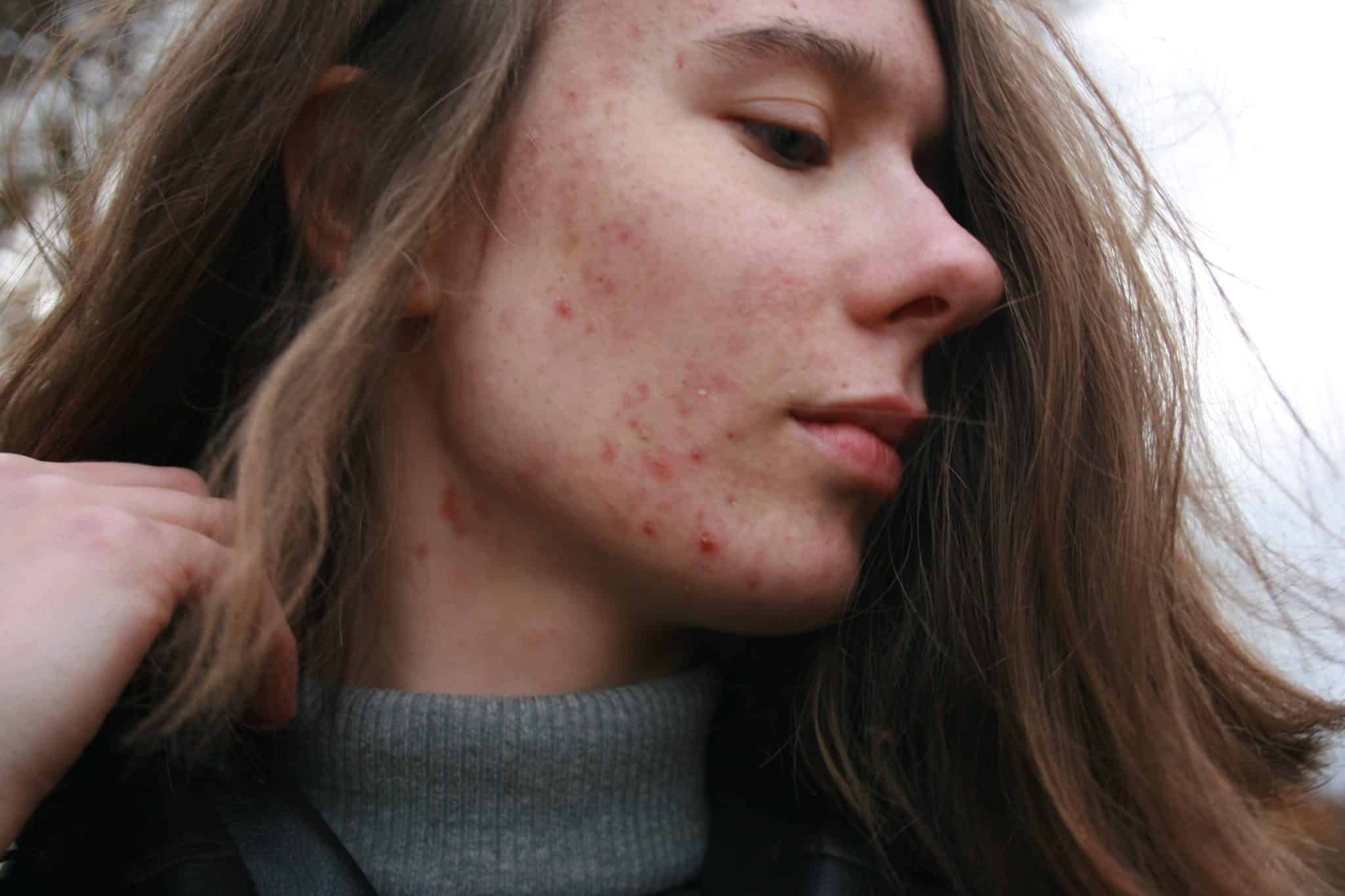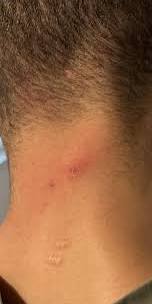There are numerous bodily difficulties to be on the lookout for if your face changes. These four changes may indicate an underlying, undiagnosed medical ailment if you experience them. For your own wellbeing, remain vigilant and proactive.
Contents
1. Eyebrow thinning
2. Intense acne and unusual hair
3. Red rashes and bumps
4. Under-eye circles
1. Eyebrow thinning

According to Livestrong.com, medical conditions like hypothyroidism and atopic dermatitis can contribute to thinning eyebrows. A thyroid gland that is underactive, or hypothyroidism, can cause general hair thinning. Additionally, atopic dermatitis, a skin disease that affects 20% of the population, may be a factor in eyebrow loss.
2. Intense acne and unusual hair

It’s normally okay to have peach fuzz and minor acne. But if you have a lot of facial hair or severe acne, you might have a health problem. It can be a sign of PCOS, a condition marked by irregular periods, obesity, infertility, and abnormal hair growth. As soon as you notice these symptoms, call your doctor.
3. Red rashes and bumps

A red rash on your face or neck could be a sign of autoimmune diseases like lupus or celiac disease or digestive problems. Keep up with these possible health issues.
4. Under-eye circles

Pay special attention if there are any changes, but occasional under-eye circles brought on by insufficient sleep are typical. It could be an indication of Dermatomyositis, an autoimmune condition that causes muscular pain and weakness, if it is accompanied by red or black spots. Consult a doctor right away if you see any of these symptoms.
Have any of these face changes ever happened to you? Tell us about your experience.
5 In neck

A sebaceous cystTrusted Source is a nodule under the skin that contains the protein keratin. These cysts can grow very large. Most are painless, but if they become infected, they may resemble large pimples. Cysts may come and go, or they may continually grow larger.
Some cysts come to a head or ooze when a person squeezes them. However, popping a cyst will not cure it, and doing this can cause an infection. In most cases, a doctor can use a simple procedure to remove a cyst in their office.
If the cyst is painful or red, it is important to see a doctor because this is a sign of infection. Warm compresses and OTC pain medication can also help.
Get our free anti-inflammatory recipes
We rounded up a few nutritious and anti-inflammatory recipes for you to try next time you need inspiration in the kitchen. Join our psoriasis newsletter for your free recipes and expert guidance twice a week.





